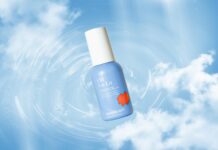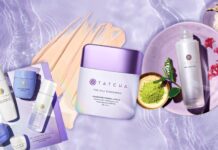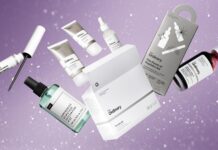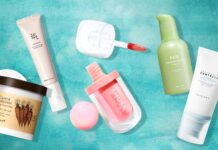
If you care about what’s in your skincare and already read every product’s skincare label, then you need to know these four important points. At a time when we thought we knew everything about skincare, things just got more complicated. While it’s now easy to find brands with cruelty-free, natural, and vegan products, the international skincare wave makes it a bit more tricky to navigate through.
Overview
- Are ingredients listed in a certain order?
- Do skincare products have to list all ingredients?
- What drives product formulation?
- How can market interest influence the ingredients list?
- What can you do as a consumer?
1. Are ingredients listed in a certain order?
Typically when we read the skincare ingredients on the back of the packaging, we turn our attention towards the first five to see what makes up the majority of the product.
But what you probably didn’t know is that this rule can change when you’re purchasing imported cosmetics, such as J- or K-Beauty. To provide some context, the U.S., E.U., South Korea, and Japan follow a standard labeling practice known as the “All-Ingredient Labelling System.” This system is responsible for listing all ingredients in descending order from the highest volume of weight to the lowest. As for any ingredient used in concentrations less than 1%, you’ll be surprised to know that they can appear in any order in the list.
For example, the United States and Europe cosmetic standards require listing coloring agents at the end of the ingredients list. Go ahead and take a glance at your lipstick or any other pigmented product! You’ll often locate coloring pigments (i.e., Red 28 Lake, Blue 1 Lake, Yellow 5) as the very last ingredients in the list.
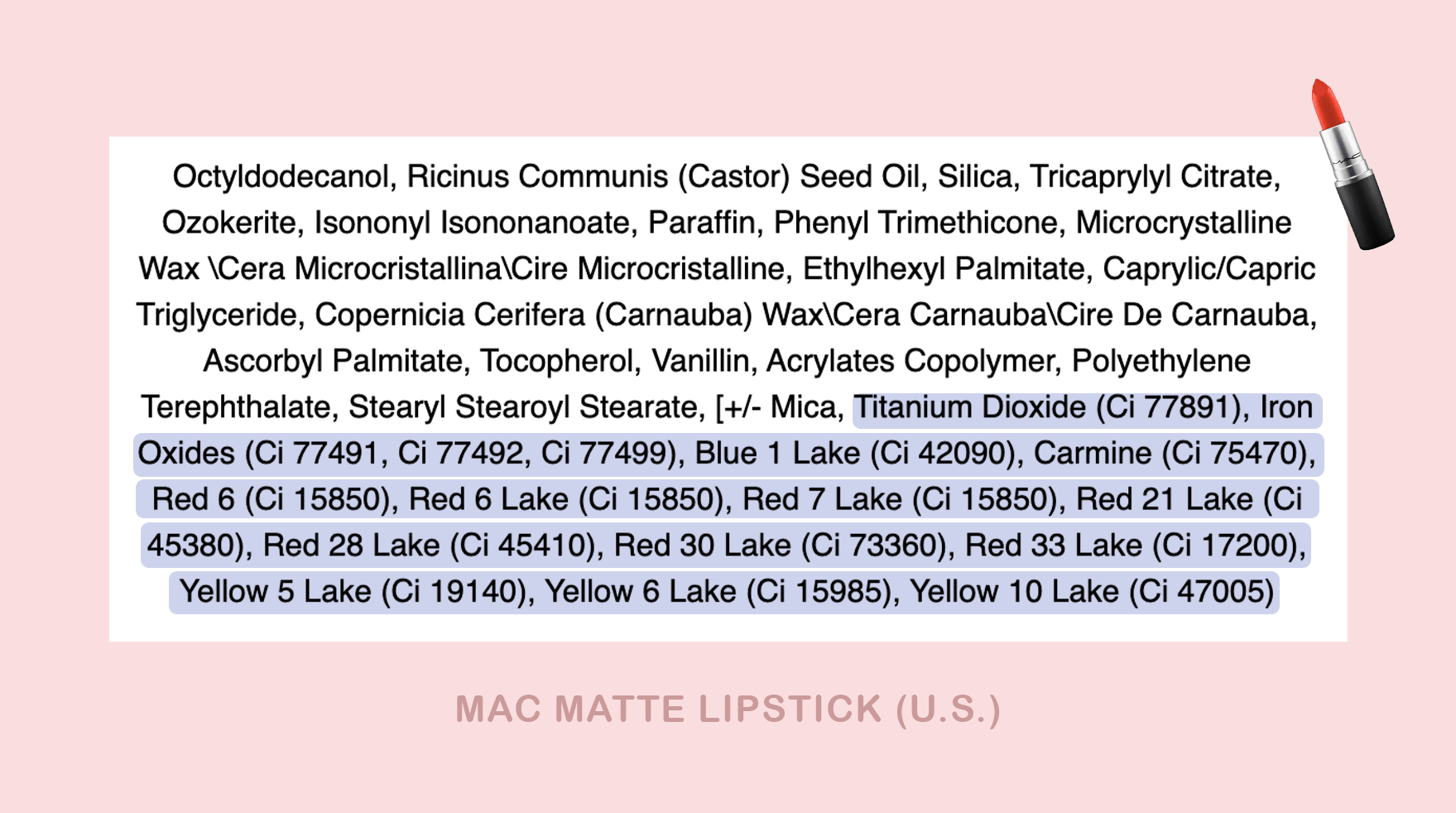
As for South Korea, the ordering of pigments can be listed anywhere in the formula.

Then as consumers, how on earth can we understand what’s formulated in concentrations less than 1%?
Unless the brand in question is willing to disclose all of its ingredient concentrations to the public, we really have no way of knowing. But that doesn’t mean there aren’t ways to navigate around it!
Art Director Odile Monod breaks it down in her video, “Korean Beauty Uncovered: What No One Told You About The Labels of Your Products,” that when it comes to K-Beauty products sold in South Korea, you can decipher the listing by looking for specific ingredients in the list.
In South Korea, the use of Phenoxyethanol (a preservative) in cosmetics is restricted to concentrations of up to 1%, so you can assume that any ingredient appearing after it is below 1%. The image below indicates other restricted ingredients that can you look out for.
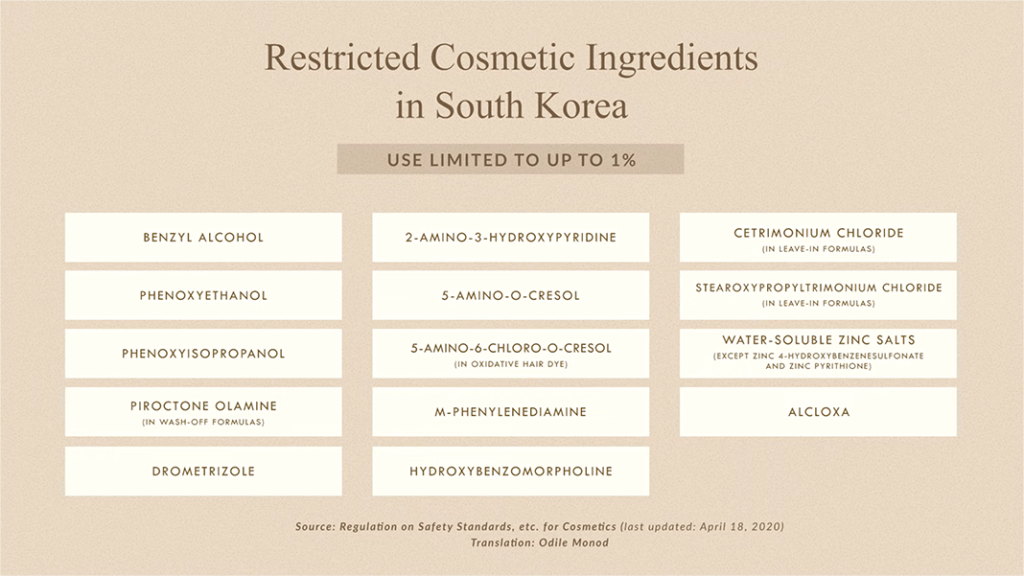
Do keep in mind that ingredient restrictions can vary depending on the country, so this list may not apply to products in other countries.
2. Do skincare products have to list all ingredients?
Here’s another reason why relying solely on the ingredients list can be a bit tricky. That’s because what you’re reading on the label may not be everything that’s included in the product. It turns out that skincare brands and manufacturing companies are legally allowed to omit certain ingredients under specific conditions. These are known as “incidental ingredients,” and they’re defined by the FDA as “any ingredient of another ingredient or processing aid present at an insignificant level and having no technical or functional effect.”
So what ingredients can be omitted? Preservatives, defoamers, stabilizers, and other similar ingredients that are part of another ingredient – given that they’re found in low amounts in the final product or are removed during the formulation process.
And what are processing aids? Let’s imagine the making process of a fruit pie. Ascorbic acid may be added to the fruit to prevent discoloration but it has no effect on the fruit pie itself since it would be cooked off during processing. So you wouldn’t mention that this fruit pie contains ascorbic acid when the finished product doesn’t have it.
As for skincare products, this is especially applicable to imported products. Since legal imports need to be relabelled according to the country’s cosmetic standards, you can easily see where incidental ingredients are omitted when you compare the same products side by side.
To provide an example, let’s take a look at Amorepacific’s Vintage Single Extract Essence.
In the Korean Amorepacific site, this essence lists one ingredient on the label: green tea leaf extract.
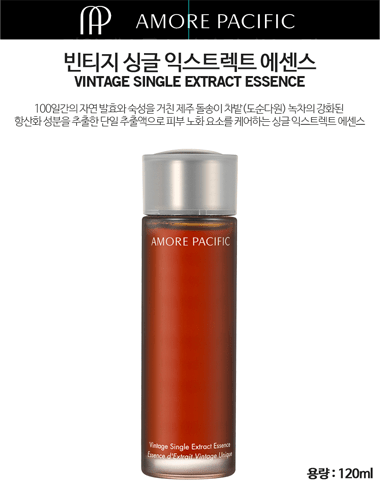
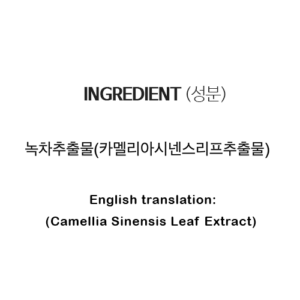
Now, let’s take a look at the same product listed on an authorized retailer’s site. This essence shows six ingredients on the label, with green tea leaf listed as the fourth ingredient.
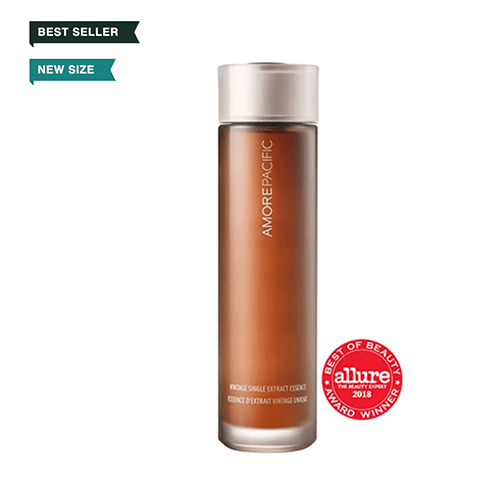
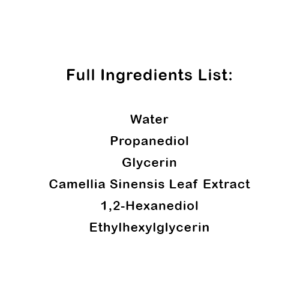
If you choose between the two based on the skincare ingredients list, would you get the Korean version or the U.S. version? I’m sure most of you would opt for the Korean one.
But as it turns out, both versions are the same product packaged differently. It’s also likely that the Korean version of the product had incidental ingredients that aren’t listed in the ingredients. So as consumers, we really have no exact way of knowing.
3. What drives product formulation?
Remember when brands seem to jump on the same bandwagon and produce products containing the same special ingredient? Or did you come across a new product that utilizes an ingredient you never heard of before? If you noticed this, you’re not the only one!
As you know, beauty is a saturated market with many competitors. So while most brands do their own thing by producing their own take on trends and listening to consumer demands, their primary goal is still to sell their products.
Cosmetic chemists from Chemist Confessions, Victoria Fu and Gloria Lu, provide a glimpse into how the industry works. In an interview with Beauty Within, the duo explains that it’s normal for formulators or chemists to get briefs for marketing so they can create a product for a story the brand wants to tell. Often this process is not research-friendly since chemists get little time to understand the new ingredient’s effects on the skin before they create it.
Fortunately, the industry is showing signs of change in favor of its consumers, so we can expect to see more personalized skincare in the near future.
4. How can market interest influence the ingredients list?
I’m sure there are numerous occasions when we come across product ads highlighting ingredients like crushed pearl extract, only to realize shortly after purchasing that it’s located at the bottom of the list.
But as it turns out, there’s an explanation for this.
Any ingredient formulated in concentrations less than 1% can be arranged in any order. If the crushed pearl extract contains less than 1% in the overall product, it can be moved above or lower in the list to appeal to a particular audience.
Odile Monod explains this best, she says, “sometimes beauty companies decide to adjust the order of these ingredients to appeal to a certain market. For example, if a Korean brand thinks that Americans are crazy about CBD oil and exports a product that contains less than 1% CBD oil to America, they can move up the CBD oil in the ingredient list. [This way], an American consumer will look at the ingredient list and think that the product contains a significant amount of CBD oil.”

Mind. Blown.
What can you do as a consumer?
Now that you know a little more about skincare ingredient labeling than before you landed here. Here are some last points you can take with you.
Skincare is a fast-paced and growing industry, so it’s all the more reason for us to focus less on trends and turn our attention to understanding and knowing our skin. At the same time, don’t let the ingredients label prevent you from exploring and trying out new products! Since skincare is highly personalized, trial-and-error is a great process to discover and develop a deeper relationship with your skin while reading product labels should serve as an aid.
As consumers, there’s only so much we can decipher by glancing at the ingredients list. In reality, there is no one-size-fits-all product that can solve every skin concern for every skin type, as much as we’d like to see a product that does. The best way to help your skin is to understand it as much as possible by taking note of any patterns on predominant skin concerns and what triggers them, as well as ingredients that your skin loves. You’ll be one step closer to achieving that beautiful and radiant skin. You got this!
Shop all of our curated faves at: https://beautywithin.com/
Subscribe to our YouTube Channel for more information and product recommendations: youtube.com/c/BeautyWithin

